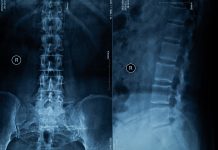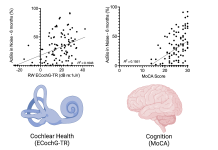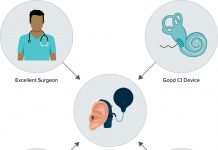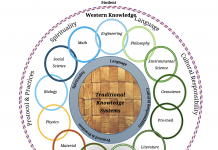Open Access Government produces compelling and informative news, publications, eBooks, and academic research articles for the public and private sector looking at health, diseases & conditions, workplace, research & innovation, digital transformation, government policy, environment, agriculture, energy, transport and more.
Home 2025
Archives
Piezo4Spine: Dreaming on a cure for paraplegic patients
Piezo4Spine is a European project that aims to develop a novel therapy to repair the injured spinal cord, a pathology for which a cure remains elusive. María C. Serrano tells us more.
Inclusive public space project: Law, disability and accessibility
Anna Lawson, Maria Orchard, Dick Houtzager, Sanjay Jain, Agnes Meroka-Mutua, Lawrence Mute, Barry Whaley, and Sofia Raseta discuss the Inclusive Public Space (European Research Council) Project and examine the role of law and policy in improving the accessibility and inclusiveness of city streets.
Cognitive function and electrode mapping’s role in cochlear implant performance
Amit Walia, Matthew Shew and Craig A. Buchman from Washington University School of Medicine, detail the role of cognitive function and electrode mapping in cochlear implant performance.
Hearing and auditory research for cochlear implant outcomes
Amit Walia, Matthew Shew, and Craig A Buchman from Washington University School of Medicine, guide us through hearing and auditory research predictive models for cochlear implant outcomes in adults.
Indigenous students face disparities in STEM
Dr. Judith Brown Clarke and Dr. Wendy K’ah Skaahluwaa Todd, shed light on the crucial role of cultural identity in native American-Alaskan students’ persistence and success in STEM fields and the Geosciences.
Understanding and supporting neurological conditions among the incarcerated
Samuel Han and Audrey Nath discuss neurological conditions among the incarcerated, who they argue are a medically underserved population.







